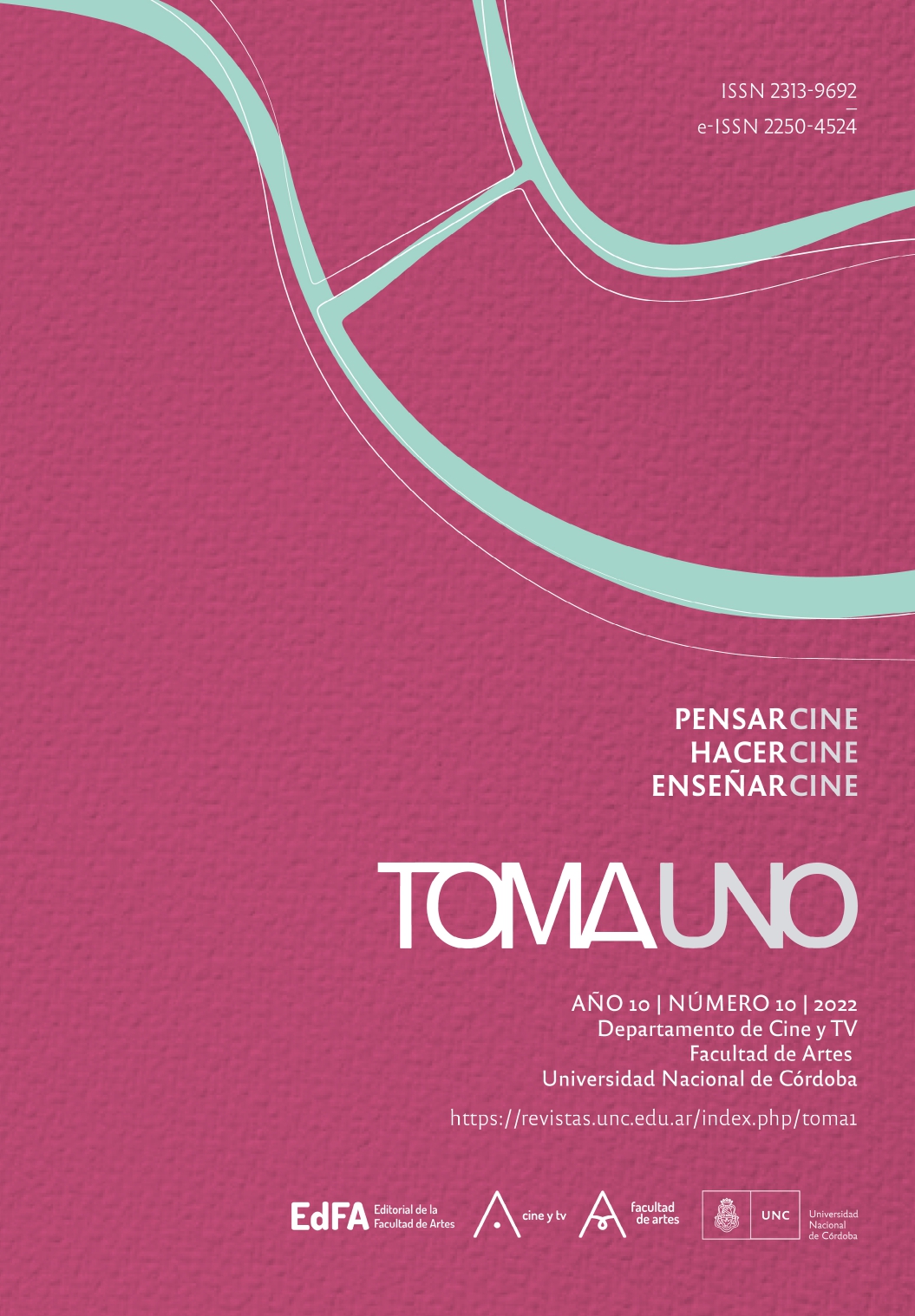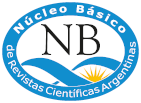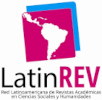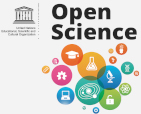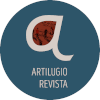Materialities and expressiveness in Latin American short films with stop motion techniques
DOI:
https://doi.org/10.55442/tomauno.n10.2022.39166Keywords:
Animation, materials, objects, stop motion, latin american short filmsAbstract
Author independent animation is an open window to a multiform space of technical, thematic and stylistic explorations. With condensed narratives under a short film format, the practice of animation allows dialogues and tensions to be framed between the materials used, conventions about the “know-how” and ruptures with predominant statements in other artistic expressions.
The richness of the images that are part of this corpus, invites us to look at the use of the various materials that build the universes of each short film. In this article we will review the construction of the staging and the expressive function of materialities as an expressive object within four independent Latin American stop motion short films: Padre (Grasso, 2013, Argentina), Bestia (Covarrubias, 2021, Chile), Guaxuma (Normande, 2018, Brazil) and Meat (Kater, 2019, Brazil). Although the two Brazilian short films present a mixture of techniques, the emphasis will be placed on the stop motion animation present in the four case studies.
Downloads
References
Aguilar Moreno, J. (2007). El cine y la metáfora. Sevilla: Renacimiento.
Buchan, S. (2020). Memoria Rerum: Animated Materiality, Memory, and Amnesia. En M. van Gageldonk et al. (Eds.), Animation and Memory (pp. 23-43). Cham: Palgrave Macmillan. DOI: https://doi.org/10.1007/978-3-030-34888-5_2
Cossalter, J. (2015). El cortometraje documental en Latinoamérica. Relegado en la historia del cine, efectivo en el campo de juego. Imagofagia, 12. Recuperado el 28/09/2022 de http://www.asaeca.org/imagofagia/index.php/imagofagia/article/view/419.
Costa, J. (2014). La stop-motion como ejército de resistencia. La tardía edad de oro de una técnica anacrónica. Con A de Animación, 4, pp. 24-30. Recuperado el 28/09/2022 de https://polipapers.upv.es/index.php/CAA/article/view/2157. DOI: https://doi.org/10.4995/caa.2014.2157
Donoso, C. y Errázuriz, P. (2001). A la vuelta de la esquina; una entrevista con Ingrid Olderock. Revista de crítica cultural, 23, pp. 14-21. Recuperado de el 28/09/2022 https://americalee.cedinci.org/portfolio-items/revista-de-critica-cultural/.
Fuertes, G. (1975). Obras incompletas. Madrid: Ediciones Cátedra.
Furniss, M. (1998). Art in motion: animation aesthetics. Sidney: Jhon Libbey & Company Limited.
Hosea, B. (2019). Made by Hand. En C. Ruddell y P. Ward. (Eds.), The Crafty Animator. Handmade, Craft-based Animation and Cultural Value (pp. 17-43). Cham: Palgrave Macmillan. DOI: https://doi.org/10.1007/978-3-030-13943-8_2
Merlo, A. (2017). Los útiles y los inútiles. Presencia y visibilidad de los objetos en el cine. Bogotá: Universidad de los Andes. DOI: https://doi.org/10.7440/2017.04
Purves, B. (2010). Stop motion. Lausanne: Ava Publishing.
Sáenz Valiente, R. (2006). Arte y técnica de la animación. Buenos Aires: De la Flor.
Švankmajer, J. (2014). Para ver, cierra los ojos. Logroño: Pepitas de calabaza.
Filmografía
Bou Grasso, S. (Dir.) (2013). Padre [cortometraje]. Argentina: Les Films de l'Arlequin, Opusbou.
Covarrubias, H. (Dir.) (2021). Bestia [cortometraje]. Chile: Trébol 3.
de Crécy, G. (2020). Empty places [cortometraje]. Francia: Autour de Minuit Productions.
Kater, C. (2019). Carne [cortometraje]. Brasil: Abano Producions.
Normande, N. (2018). Guaxuma [cortometraje]. Brasil: Les Valseurs.
Porter, M. y Kuwahata, R. (2017). Negative space [cortometraje]. Francia: Ikki Films & Manuel Cam Studio.
Published
How to Cite
Issue
Section
ARK
License
LicenseThis work is licensed under Creative Commons Attribution-NonCommercial-NoDerivs 2.5 Argentina .

